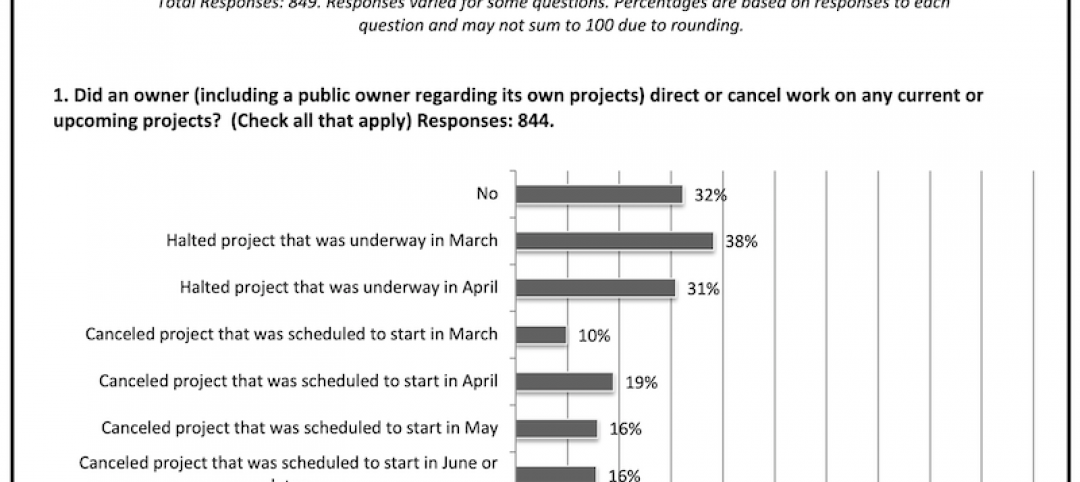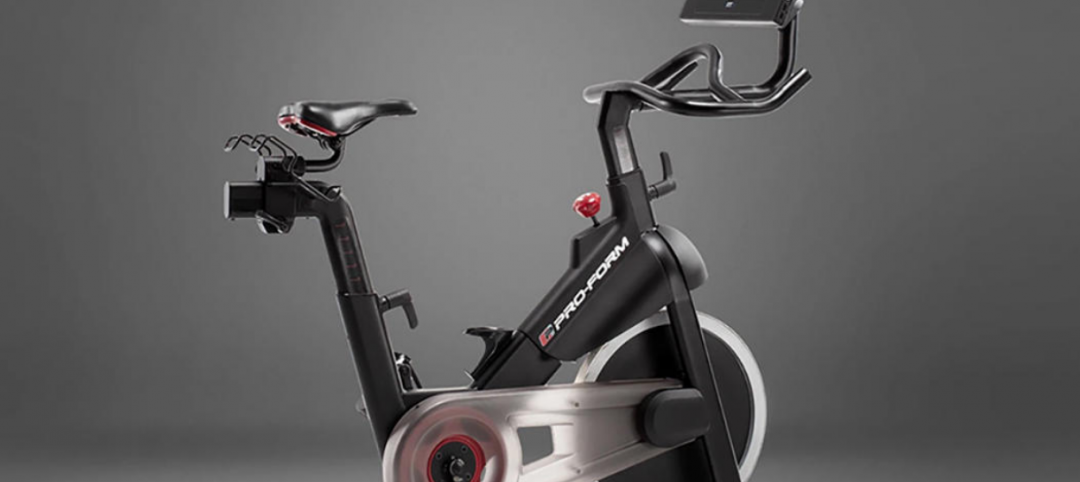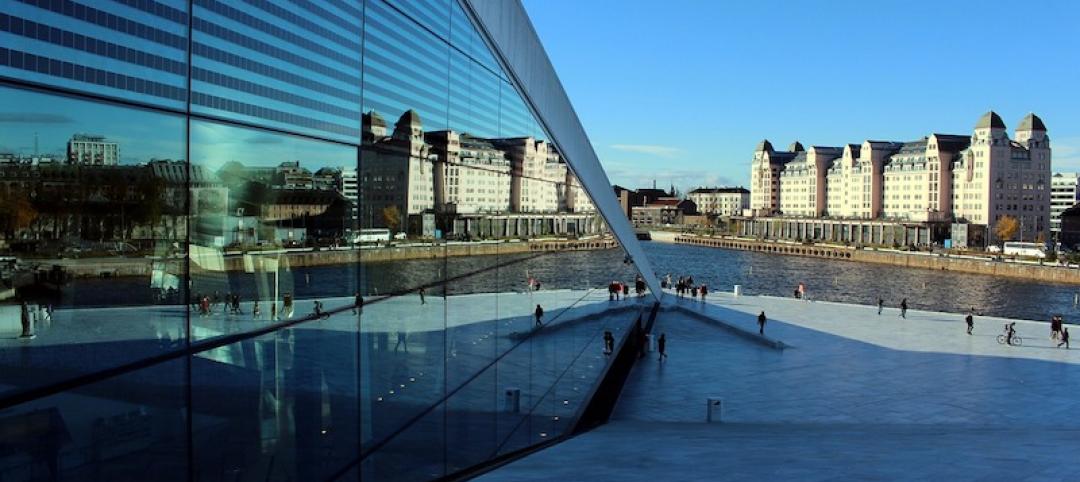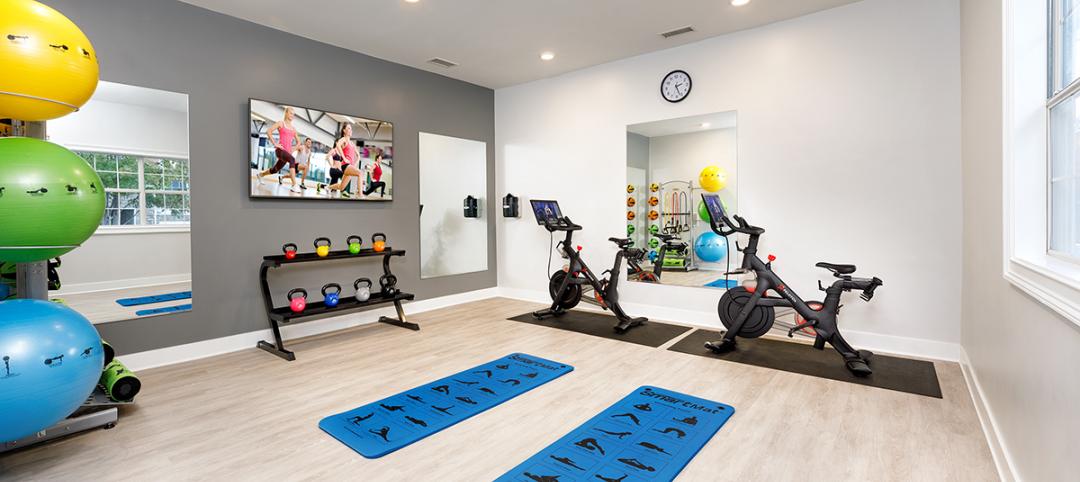Just for the sake of argument, let’s put aside the rhetoric about climate change—whether it’s actually happening, whether it’s a result of manmade activity—and agree that we are experiencing some pretty dramatic weather events that are having huge impacts on populations here in the U.S. and worldwide.
Horrendous wildfires in the West. Drought in more than 30 states. Extremes of rainfall and flooding. Storm surges like Superstorm Sandy in 2012 and devastating hurricanes like Katrina and Rita in 2005.
Such events were once viewed as “natural” occurrences, completely out of our control. But with population growth and urban densification, the impact of these events has multiplied to the point where we have to be much more aggressive in designing both individual buildings and whole cities to be able to withstand such calamities.
All this was brought home recently when my colleagues, BD+C Editor-in-Chief David Barista and Group Director Tony Mancini, and I “blitzed” our way through 23 AEC offices in New York City in two days. It quickly became clear to us how vividly the impact of Superstorm Sandy lives in the minds of the professionals we talked to. Everywhere we went, one word kept coming up: “resiliency.”
“It’s the biggest thing we’re dealing with,” said FXFOWLE’s Brien McDaniel. “It’s about recovery, and thinking into the future, but not on a piecemeal basis.”
Sarah Friedel, LEED GA, an Associate at Perkins+Will, said resiliency has to do with “the connectiveness of systems, how whatever you’re working on now fits into long-range complexities.” P+W Associate Principal Jason Harper, AIA, LEED AP, talked about the human cost of the closing of five hospitals in the city in the aftermath of Superstorm Sandy: “Most of the deaths from the storm in New York were among the elderly,” many of whom were cut off from the medical care they so tragically needed.
David Cooper, PE, LEED AP BD+C, President/CEO of WSP’s U.S. operations, described resiliency not only in the context of climate adaptation but also for disaster preparedness—for example, by installing medical gases in hospital parking garages so that large numbers of people could be treated in the event of a major disaster.
The good news is that post-Sandy federal funds are starting to flow to the Tri-State Region to protect the most vulnerable buildings, according to Eric C.Y. Fang, AIA, AICP, LEED AP, Associate Principal with EE&K/Perkins Eastman.
This does not mean that the dismal forecasts by the recent federal National Climate Assessment and the UN Intergovernmental Panel on Climate Change should be ignored. Nor does it mean that planning for resiliency can be confined to coastal areas. Disaster can take many forms: ice storms that bring down power lines in the Midwest, heat waves in Texas, tornadoes and torrential rains in the South. Buildings and communities must be fortified to withstand these possibilities.
Which is why it’s encouraging to hear that 20 AEC-industry organizations, including the AIA, ASHRAE, ABC, the AGC, BOMA, the NAHB, ULI, and the USGBC, have agreed to make resiliency a key factor in the selection of materials for buildings and in their planning, design, construction, and operation. Ultimately, though, it’s up to you, the nation’s design, engineering, and construction professionals, to make our built environment resilient.
Email comments to Robert Cassidy, Editorial Director, at rcassidy@sgcmail.com
More from Author
Rob Cassidy | Mar 30, 2020
Your turn: Has COVID-19 spelled the death knell for open-plan offices?
COVID-19 has designers worrying if open-plan offices are safe for workers.
Rob Cassidy | Mar 25, 2020
Coronavirus pandemic's impact on U.S. construction, notably the multifamily sector - 04-30-20 update
Coronavirus pandemic's impact on U.S. construction, notably the multifamily sector - 04-30-20 update
Rob Cassidy | Nov 20, 2019
Word of the Year: "climate emergency," says the Oxford English Dictionary
The Oxford Word of the Year 2019 is climate emergency.
Rob Cassidy | Nov 8, 2019
The Peloton Wars, Part III - More alternatives for apartment building owners
ProForm Studio Bike Pro review.
Rob Cassidy | Nov 1, 2019
Do car-free downtown zones work? Oslo, yes; Chicago, no
Two recent reports (October 2019) explore whether car-free downtowns really work, based on experience in Oslo, Norway, and Chicago.
Rob Cassidy | Oct 9, 2019
Multifamily developers vs. Peloton: Round 2... Fight!
Readers and experts offer alternatives to Peloton bicycles for their apartment and condo projects.
Rob Cassidy | Sep 4, 2019
Peloton to multifamily communities: Drop dead
Peloton will no longer sell its bikes to apartment communities.
















